4 Life Lessons From Japanese Playgrounds
What Playing In Japan Can Teach Us About Parenting
There is a lot a day at the playground can tell you about Japan and parenting.
For families new to the wonder of Japan, discovering the incredible playgrounds this country offers children is a revelation. With innovative structures that often feature multistory slides comprised of metal rollers, adventurous zip lines, rope webbing and more, Japan’s astonishing playgrounds are regularly named some of the best in the world.
And yet they aren’t rare by any means. It seems as though every neighborhood has at least one of these extraordinary parks. Within biking distance from our own home, there are three such magical playgrounds—a park featuring a giant pirate ship with masts, complete with a small stream flowing nearby with well-placed stones for jumping across; a jungle-gym play structure with a two-story roller slide and a zipline; and one we Americans often refer to as ‘Cloud Park,’ named for the enormous, white, domed trampolines visible from the road.
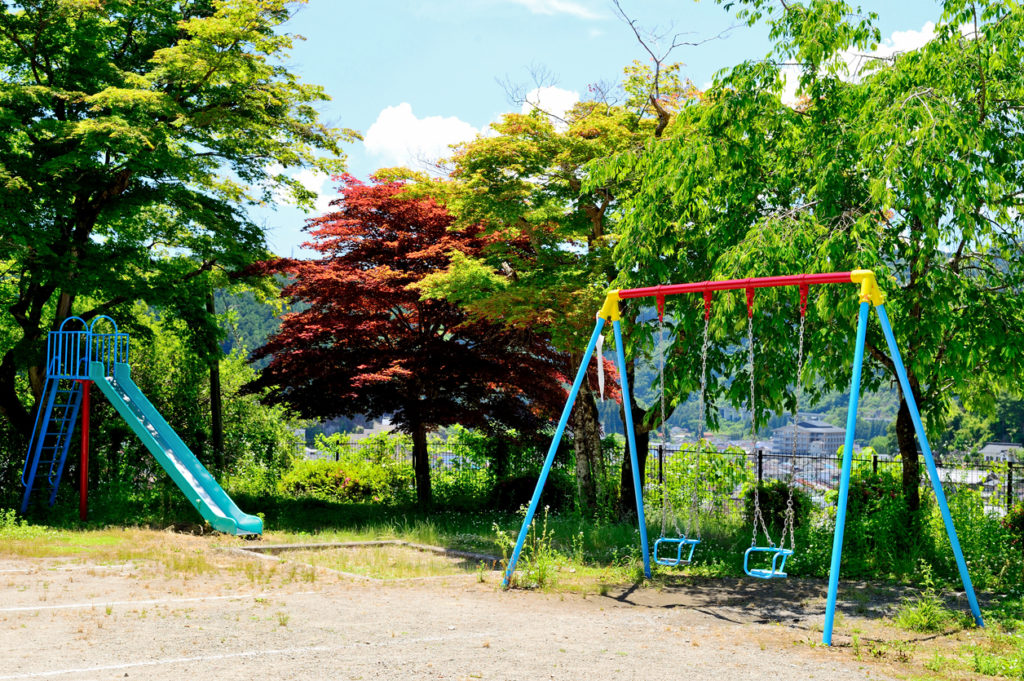
Every parent knows that playgrounds offer a two-fold benefit. Children have the chance to expand their energy outdoors and explore, and parents can make lifelong friends with the other parents similarly gathered clutching hot thermoses of coffee to ward off the child-induced fatigue.
Here’s what I’ve learned from Japanese families after a year of playing and exploring some of Japan’s best playgrounds.
1. Pack a Healthy Picnic
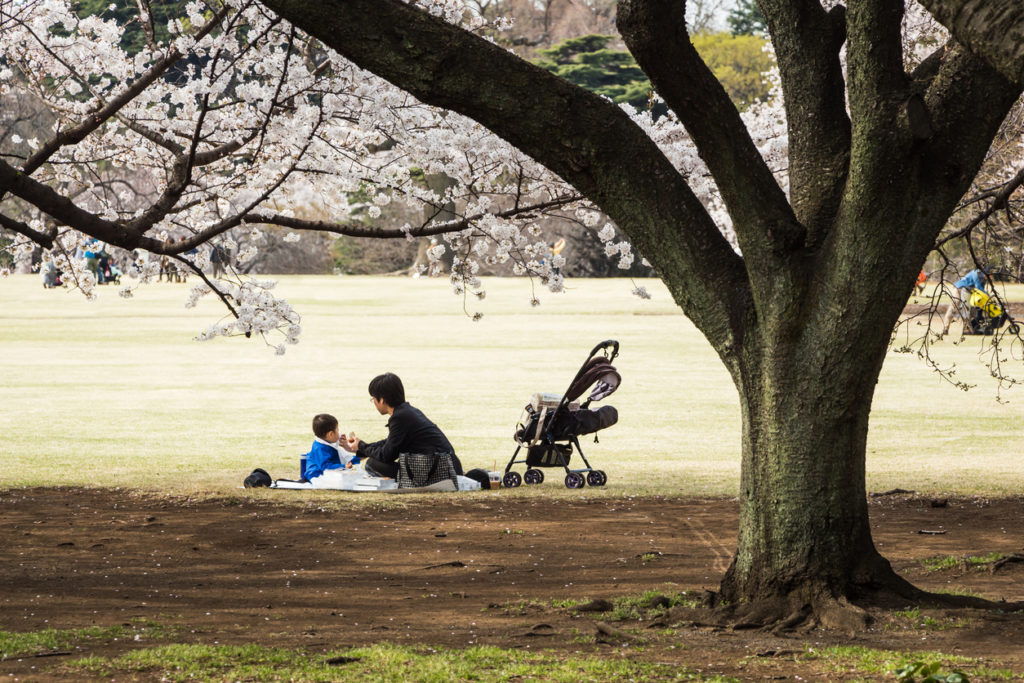
The cherry blossom season in late March and early April is a prime hanami (flower viewing) time in Japan, where thousands take to parks and playgrounds with blue tarp and bento (boxed lunches) to enjoy the stunning pink and white flowers. Yet it’s not the only time families gather outside. Instead of a quick stop to a park with goldfish crackers packed into a cup for their children, Japanese parents bring those tarps (and sometimes tents, if it’s windy) to turn a simple chance to play into a full afternoon. At nearly every playground we’ve visited, families were set up to spend an entire day enjoying the park.
The impeccable design of Japanese playgrounds means there’s usually something for everyone of all ages and builds these places into something the entire family can share.
This commitment to maximizing time spent outdoors pays off. Japan’s obesity rate is one of the lowest in the world, according to the Organization for Economic Co-operation and Development, which credits Japan’s healthy eating habits, government policies that encourage early intervention for people on the path toward obesity, and lifestyle. A key factor in this healthy lifestyle is making exercise a simple part of daily life. Instead of hours at the gym, it’s adults walking to train stations and children playing for hours at their local parks.
2. Stay Present
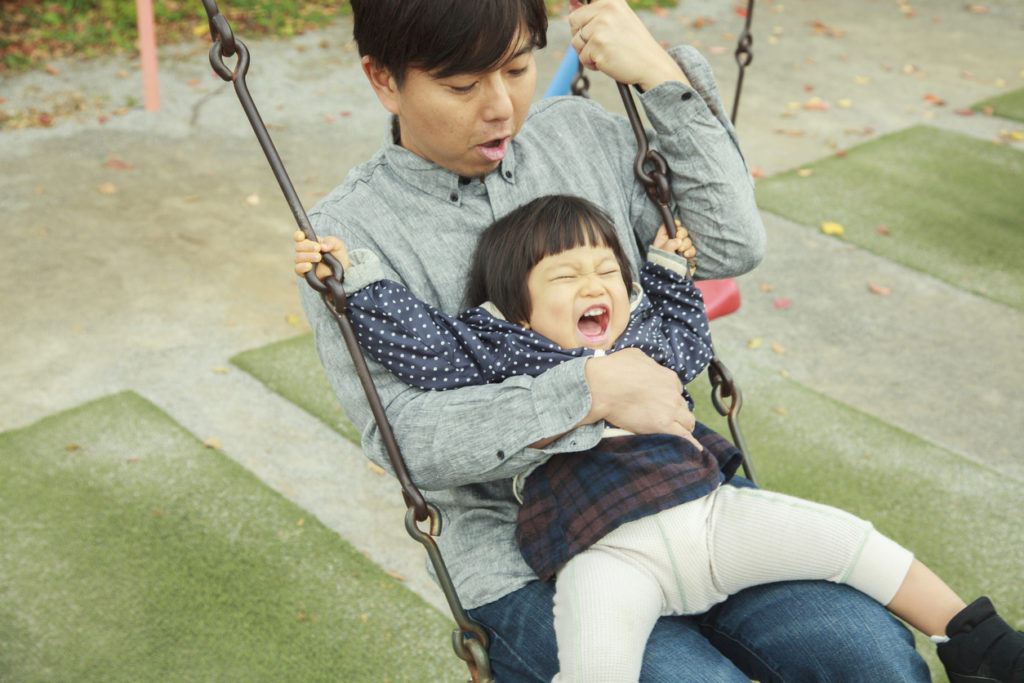
The differences in East and West parenting styles were never so obvious to me as on my first visit to a playground in Japan. Where I and my American friends were content to sit on the sidelines and let our children explore alone, the Japanese moms were climbing the play structures and sliding down right behind their children. I’d tended to use playground time as a time to mentally check out — yes, I was happy that my son was excited, yet each of us was occupied in our own thoughts. But in Japan, we’ve learned to remain present and in the moment, adventuring right alongside one another as we tackle the multistory slides and ziplines.
3. Build Confidence
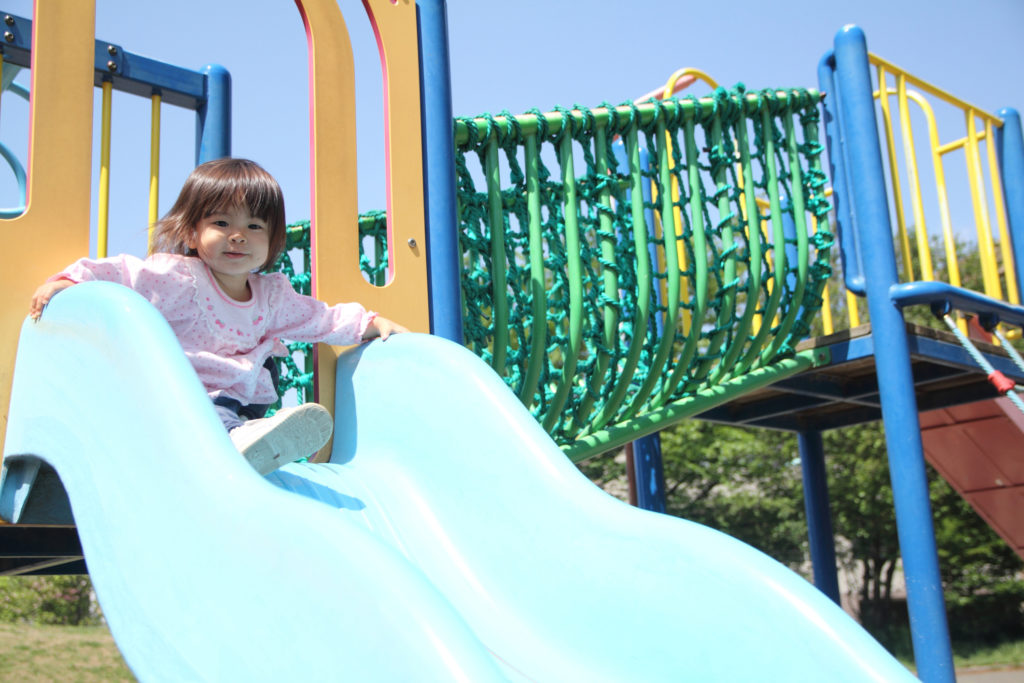
Our first experience with the ubiquitous Japanese roller slides was epic. Stretching two stories high, with the upper half of the slide enclosed in a steel cage in a nod to safety, I couldn’t help but laugh. This was a slide.
As I climbed up behind my two-year-old, gauging his ability to handle the stairs on his own, I noticed that not for one second did he or any other of the numerous children climbing their ways to the top paused out of fear or concern. That’s the awesome power of the roller slides. The sheer fun of sliding down one outweighs any uncertainty about the climb toward it.
In Japan, we’ve learned to remain present and in the moment, adventuring right alongside one another […]
After a few runs together, my son dashed toward the stairway to the slide without once checking to see if I followed. I stood back, watchful, waiting to see if he needed assistance, yet he climbed to the top, alone, with confidence and spent the rest of the afternoon climbing and sliding and climbing again.
I noticed the same small victories playing out across playgrounds throughout the country. The impeccable design of Japanese playgrounds means there’s usually something for everyone of all ages and builds these places into something the entire family can share. Toddlers pulled their way to the top of bouncy, soft play structures. Older kids held onto zip line handles and jumped out into the air, launching themselves toward the far end. At every stage, at every age, there’s almost always a piece of play equipment designed to give children the ability to test their strength and build their confidence, safely.
4. Make Friends

And of course, my favorite lesson from playing our way through Japan: friendship. For my son, a language barrier doesn’t exist when there’s running and jumping to do with new friends. It’s a scenario we’ve seen play out on every single visit, every single place we’ve been. The art of play transcends language. There’s something incredibly special each time my son spends an afternoon laughing with a child he’s just met—having the best time without words. And for me, the chance to make a new friend too, hopefully, one clutching a coffee cup, just like me.















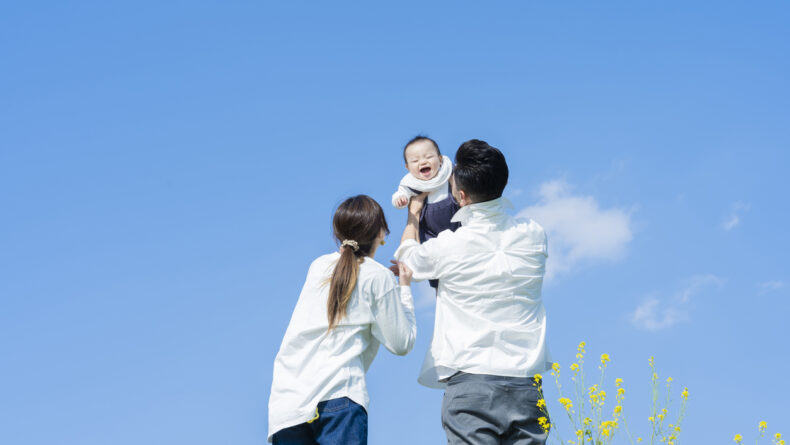
Leave a Reply